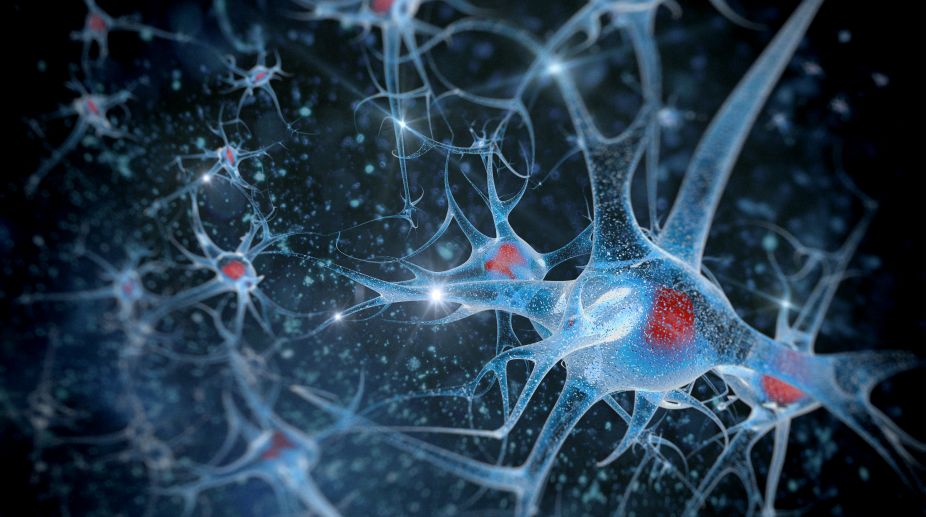Of crucial importance
Fibronectins occur in soluble form in blood and other body fluids, as insoluble fibrils in the extracellular matrix, and as…

PHOTO: Getty Images
Fibronectins occur in soluble form in blood and other body fluids, as insoluble fibrils in the extracellular matrix, and as an intermediate form loosely associated with cell surfaces. The different forms of the protein are generated because the RNA transcribed from the fibronectin gene is processed in various ways to generate mRNAs that code for the several different proteins.
A fibronectin molecule consists of two very large polypeptide subunits that are linked near their carboxyl ends by a pair of di-sulfide bonds. Each subunit has about 2,500 amino acids and is folded into a series of rod-like domains connected by short, flexible segments of the polypeptide chain. Several of the domains recognise and bind to one or more specific kinds of macromolecules located in the ECM or on cell surfaces, including several types of collagen (I, II, and IV), heparin, and the blood-clotting protein fibrin. Other domains recognise and bind to cell-surface receptors. The receptor binding activity of these domains has been localised to a specific tripeptide sequence, RGD (arginine-glycine-aspartate). This RGD sequence is a common motif among extracellular adhesive proteins and is recognised by various integrins on the cell surface.
Fibronectin binds to cell-surface receptors as well as to ECM components such as collagen and heparin, and thus functions as a bridging molecule that attaches cells to the ECM. This anchoring role can be demonstrated experimentally by placing cells in a culture dish coated on the inside with fibronectin. Under these conditions, the cells attach to the surface of the dish more efficiently than they do in the absence of fibronectin. After attaching, the cells flatten out and components of the actin cytoskeleton become aligned with the fibronectin located outside the cell. Because the orientation and organisation of cyto-skeletal network are important in determining the shape of the cell, fibronectin is significant in the maintenance of cell shape.
Advertisement
Fibronectin is also involved in cellular movement. For example, when migratory embryonic cells are grown on fibronectin, they adhere readily to it. The pathways followed by migrating cells are rich in fibronectin, suggesting that such cells are guided by binding to fibronectin molecules along the way. Experimental support for this idea comes from studies in which developing amphibian embryos were injected with antibodies directed against fibronectin, thereby blocking the binding of cells to fibronectin. Normal cellular migration was disrupted, leading to the development of abnormal embryos.
More direct evidence for the importance of fibronectin in embryos comes from studying genetically engineered mice that cannot produce fibronectin. Such mice have severe defects in the cells that make the musculature along the length of the body and in the vasculature. These defects highlight the crucial importance of fibronectin during embryonic development.
A possible involvement of fibronectin in cancer is suggested by the observation that many kinds of cancer cells are unable to synthesise fibronectins, with an accompanying loss of normal cell shape and detachment from the ECM. If such cells are supplied with fibronectin, they often return to a more normal shape, recover their ability to bind to the ECM, and no longer appear malignant.
The soluble form of fibronectin present in the blood, called plasma fibronectin, is involved in blood clotting. Fibronectin promotes blood clotting because it has several binding domains that recognise fibrin, the blood-clotting protein, and it can attach blood platelets to fibrin as the blood clot forms.
The writer is Associate Professor, Head, Department of Botany, Ananda Mohan College, Kolkata and also Fellow, Botanical Society of Bengal.
Advertisement